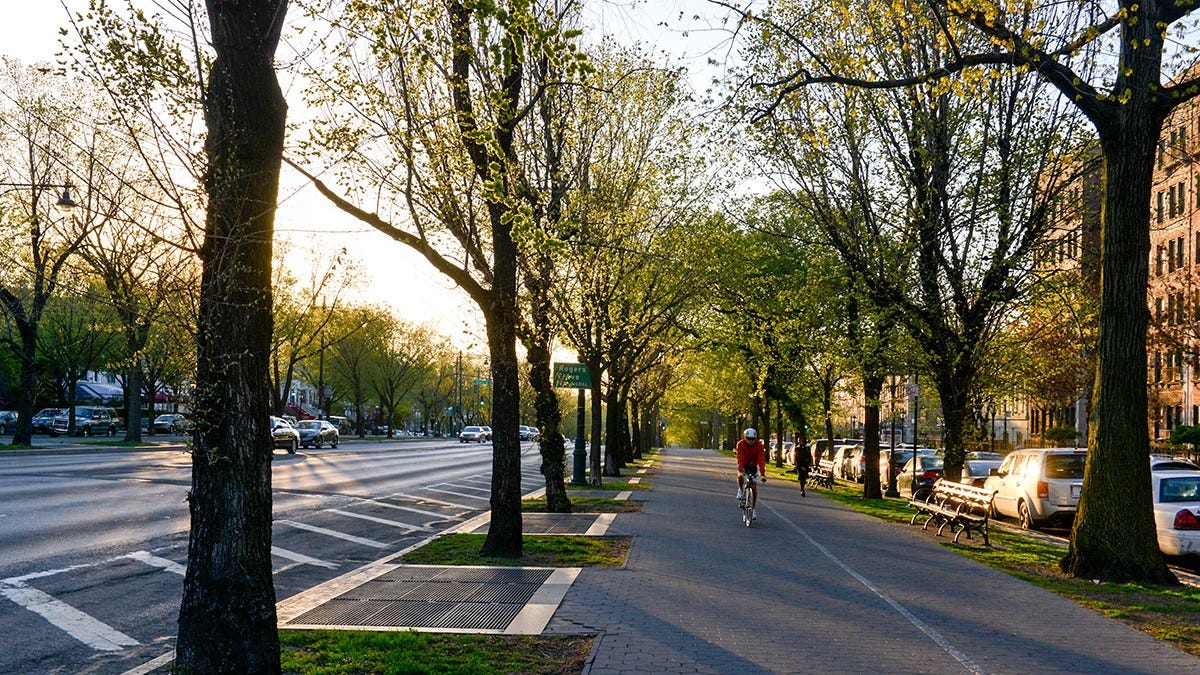Drive on a Parkway. Park on a Driveway.
Isn’t it funny how we drive on a parkway and park on a driveway?
No. It’s a sad reflection of how our human living space has been reoriented around cars. Let’s get into it.
Parks are green spaces created in cities to allow humans to reconnect with nature. In the industrial age, cities became schelling points where people concentrated to intensify production. While this led to massive productivity gains, this also created inhospitable spaces unfit for human habitation: filthy, crowded, disease and crime-ridden. Parks like Boston Common and Central Park were created to provide a respite from the intensity of the city. There’s something deep in our evolutionary history that loves green trees, running water, and birds chirping.
The way by the park was the “parkway”. While initially trafficked by humans and the occasional horse, these parkways gradually evolved to be dominated by automobiles. Moreover, these parks were usually centrally located in prime spots. The traffic around the park has come to surpass the traffic to the park. Some parks were even bulldozed to make more space for buildings, but the moniker “parkway” remains.
Driving cars used to be a novelty. When automobiles were first invented, only wealthy tech enthusiasts could afford them. Old houses were initially built with a footpath to the front door, and were retrofitted to enable access for cars. For urban houses, this usually took the form of a road cutting thru backyards to a garage in the back of the house. For rural estates, there was often a long driving path built from the public road up to the house itself. With suburban compactification, these “drive ways” became shorter and shorter until they became perfunctory: glorified parking spots.
Yet the terms live on. Anachronistic language is everywhere. You still “dial” a phone.
My kids love the song “Bananaphone” by Raffi. I often think about how phones no longer look like bananas. They never seem to question the anachronism though.





